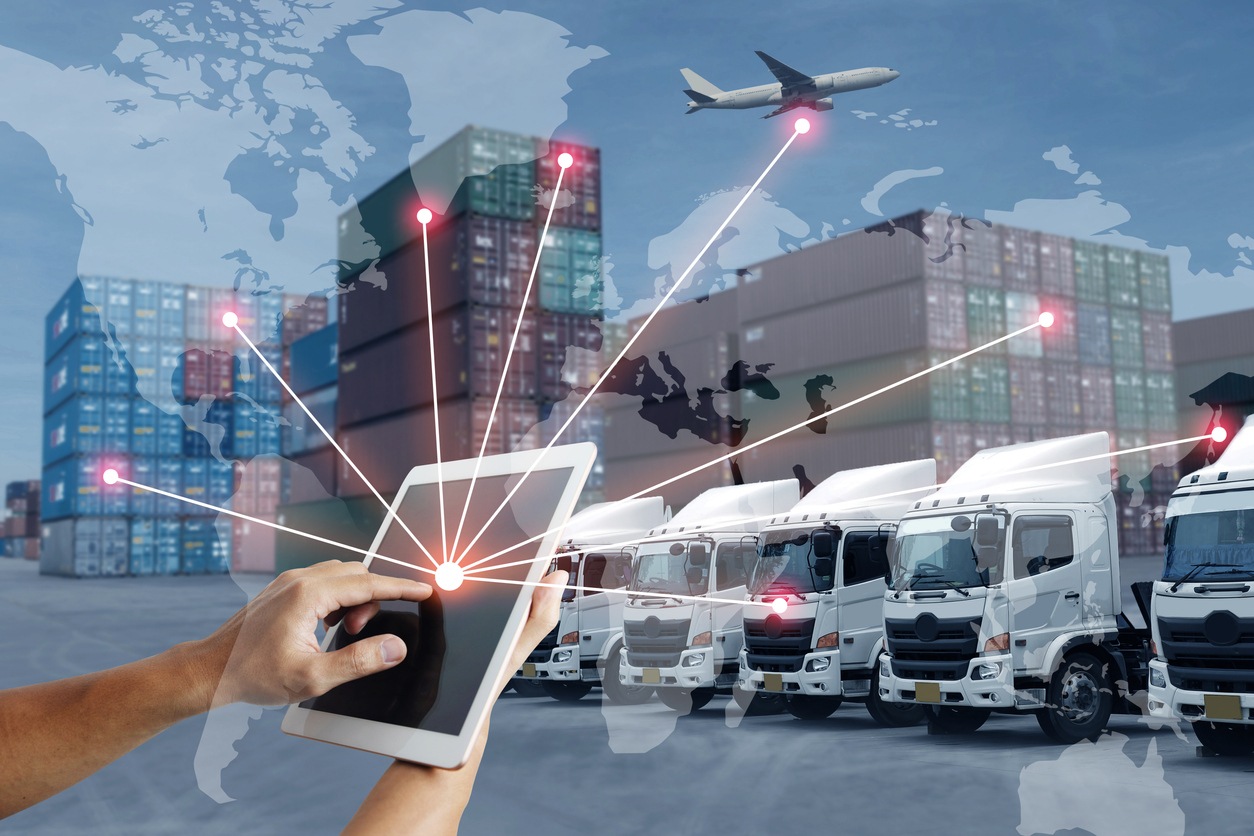

How Technology is Changing Transportation
The world of transportation is undergoing a significant transformation, and technology is at the forefront of this change. From electric and self-driving vehicles to advanced public transit systems and innovative ride-hailing services, technology is revolutionizing the way we travel. In this article, we’ll explore the various ways in which technology is changing transportation, and what this means for the future of mobility.
Electric Vehicles (EVs)
One of the most significant changes to the transportation landscape is the rise of electric vehicles (EVs). EVs are powered by electric motors, rather than traditional internal combustion engines, which makes them a more environmentally friendly option. With governments around the world setting ambitious targets to reduce greenhouse gas emissions, EVs are becoming increasingly popular.
Advances in battery technology have made EVs more practical and affordable, with many models boasting ranges of over 200 miles on a single charge. Charging infrastructure is also expanding rapidly, making it easier for people to own and operate EVs.
Self-Driving Vehicles (SDVs)
Self-driving vehicles, also known as autonomous vehicles (AVs), are another area where technology is having a profound impact on transportation. SDVs use advanced sensors and artificial intelligence (AI) to navigate roads and traffic, without the need for human intervention. The benefits of SDVs are numerous, including improved safety, increased mobility for the elderly and disabled, and reduced traffic congestion.
Companies such as Waymo, Uber, and Tesla are investing heavily in SDV technology, with many already testing their systems on public roads. While there are still significant regulatory hurdles to overcome, SDVs are set to transform the transportation landscape in the coming years.
Advanced Public Transit Systems
Public transportation has traditionally been a vital part of urban infrastructure, but it has often been slow to adapt to changing technologies. However, this is no longer the case, with many cities around the world investing in advanced public transit systems.
These systems use real-time data and advanced analytics to optimize routes, reduce congestion, and improve the overall passenger experience. For example, some cities are using digital signage and mobile apps to provide real-time information to passengers, making it easier for them to plan their journeys.
Ride-Hailing Services
Ride-hailing services, such as Uber and Lyft, have revolutionized the way we travel. These services use mobile apps to connect passengers with drivers, making it easier and more convenient than ever to get from A to B.
However, ride-hailing services have also had a significant impact on traditional public transportation. In many cities, ride-hailing services have led to a decline in public transit usage, as people opt for the convenience and flexibility of ride-hailing.
Smart Traffic Management
One of the biggest challenges facing cities is traffic congestion, with the World Economic Forum estimating that traffic jams cost the global economy over $1 trillion annually. However, technology is providing new solutions to this age-old problem.
Smart traffic management systems use advanced sensors and data analytics to monitor and manage traffic flow in real-time. These systems can adjust traffic signals, routing, and traffic management strategies to minimize congestion and reduce travel times.
Hyperloop Systems
The Hyperloop is a proposed mode of transportation that would use vacuum-sealed tubes and magnetic levitation to propel vehicles at speeds of up to 700 miles per hour. While still in the experimental phase, the Hyperloop has the potential to revolutionize long-distance travel, making it faster, cheaper, and more sustainable.
Blockchain and Transportation
Blockchain technology, best known for its use in cryptocurrency, is also being applied to the transportation sector. Blockchain can be used to create secure and transparent supply chains, improve inventory management, and optimize logistics.
In addition, blockchain can be used to create decentralized ride-hailing services, where passengers can connect directly with drivers without the need for intermediaries. This could lead to lower costs and more efficient services.
The Future of Transportation
So what does the future of transportation hold? As technology continues to advance, we can expect to see even more innovative solutions to the challenges facing the transportation sector.
One of the key trends will be the increasing electrification of transportation, as EVs become more mainstream and affordable. SDVs will also play a major role, with many experts predicting that they will become a common sight on our roads within the next decade.
Another area to watch is the growth of Mobility-as-a-Service (MaaS), where passengers can access a range of transportation services through a single app or platform. MaaS has the potential to revolutionize the way we travel, making it easier, more convenient, and more sustainable.
Conclusion
Technology is transforming the transportation sector in ways we never thought possible. From electric and self-driving vehicles to advanced public transit systems and innovative ride-hailing services, the pace of change is rapid.
As we look to the future, it’s clear that technology will continue to play a central role in shaping the transportation sector. Whether it’s through the electrification of transportation, the growth of SDVs, or the development of new MaaS platforms, the possibilities are endless.
One thing is certain, however – the future of transportation will be shaped by technology, and it’s an exciting time to be a part of it.




